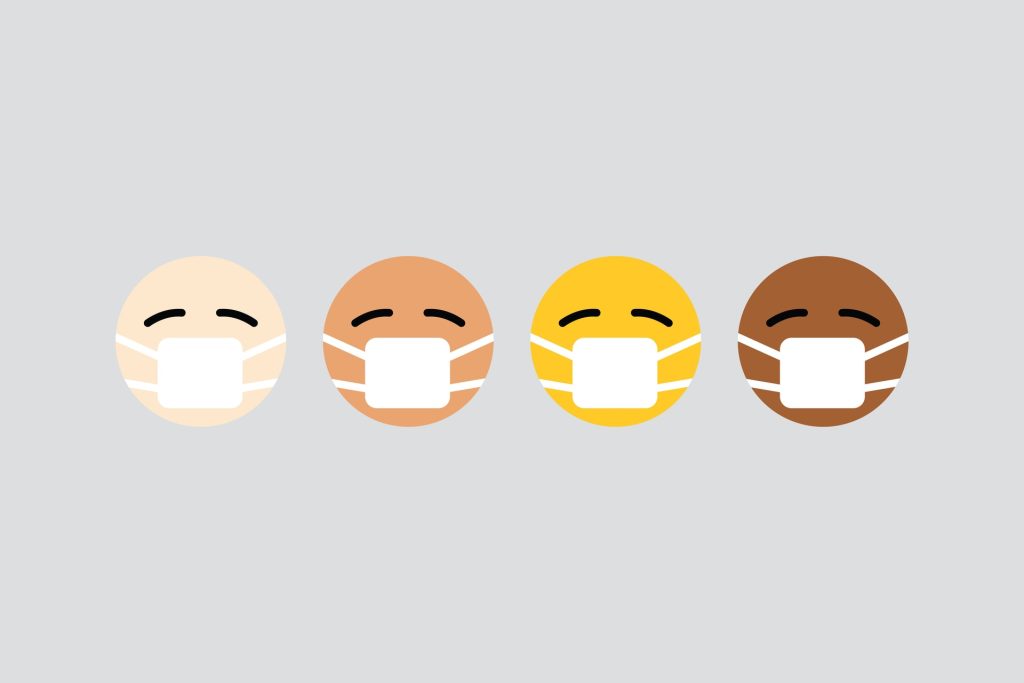Building a Patient-centric Healthcare Ecosystem in SA: A Bold New Vision

Imagine a healthcare system which ensures that every patient’s voice helps shape their treatment, where barriers to life-saving care are dismantled, and where innovation is driven by meaningful collaboration. In South Africa, this vision is no longer a distant aspiration; it’s an urgent mission to create a system that truly serves its people, writes Bada Pharasi, CEO of the Innovative Pharmaceutical Association of South Africa.
South Africa’s healthcare system stands at a critical crossroads. Despite remarkable medical advancements, countless patients remain on the sidelines, hindered by financial, regulatory, and logistical barriers. Today, there’s an opportunity to reshape this reality by building a patient-centred healthcare model that expands access, amplifies patient voices, and creates strategic partnerships.
Empowering patient voices
In a truly inclusive healthcare system, patients aren’t just recipients of care; they are active contributors. By integrating patient perspectives into decision-making, healthcare becomes more responsive to those it serves.
Through collaborations with patient advocacy groups, educational campaigns, and year-round initiatives, there’s a growing movement to create an environment in which patients feel heard and empowered to influence the care they receive. While events such as World Patient Safety Day help highlight the importance of prioritising patient needs, the goal is to make this a constant focus, not just an annual observance.
Key prerequisites for achieving this are efficient regulatory frameworks, impactful public-private partnerships, rare disease management, and a true commitment to innovation.
Streamlined regulatory partnerships
Timely access to groundbreaking treatments depends on efficient regulatory frameworks. Collaborating closely with regulatory authorities such as the South African Health Products Regulatory Authority (SAHPRA) is pivotal in expediting access to new therapies.
Such partnerships ensure that treatments meet rigorous safety standards while streamlining approval processes so that life-changing therapies reach patients without unnecessary delays. Maintaining high standards for post-market safety also strengthens public trust and reinforces the resilience of the healthcare system.
Public-private partnerships: Catalysts for innovation
Expanding access to quality healthcare in South Africa demands strong public-private partnerships (PPPs) that leverage both public resources and private sector innovation.
Collaborative efforts with the Department of Health and other key stakeholders maximise impact by ensuring that resources are effectively allocated and that patients benefit from the latest treatments. These alliances are vital for achieving universal health coverage (UHC) under the National Health Insurance (NHI) framework, helping to ensure that equitable, high-quality healthcare becomes a reality for all.
Closing gaps in rare disease management
For patients with rare diseases, access to treatment is often riddled with obstacles, from limited therapies and high costs to a lack of awareness. Multi-stakeholder collaborations, including advisory boards initiated by organisations such as Rare Diseases South Africa, bring together patients, healthcare professionals, and industry experts to advocate for better support and access to treatments.
This prioritisation of open communication and patient-centred outcomes offers hope to rare disease patients who, through these partnerships, gain better access to essential treatments and the support they deserve.
Breaking down barriers to innovation
The drive for a more accessible healthcare system also requires addressing policy barriers. Streamlined processes, simpler registration pathways for new drugs, and patient-centred reimbursement policies ensure that patients receive the right treatment at the right time.
Working alongside policymakers, healthcare providers, and civil society, a concerted effort is being made to create a system in which innovation and equity go hand-in-hand to provide better outcomes and quality of life for all South Africans.
Shaping the future of healthcare
The future of South Africa’s healthcare lies in a system that prioritises patients, breaks down barriers, and capitalises on partnerships to make innovation accessible.
The call to action is clear: build a healthcare ecosystem that is dynamic, inclusive, and adaptable to ensure that every South African has access to the care they need. By promoting patient voices and ensuring collaboration across sectors, we can transform South Africa’s healthcare system to be more responsive, resilient, and equitable – a system that truly serves its people.


